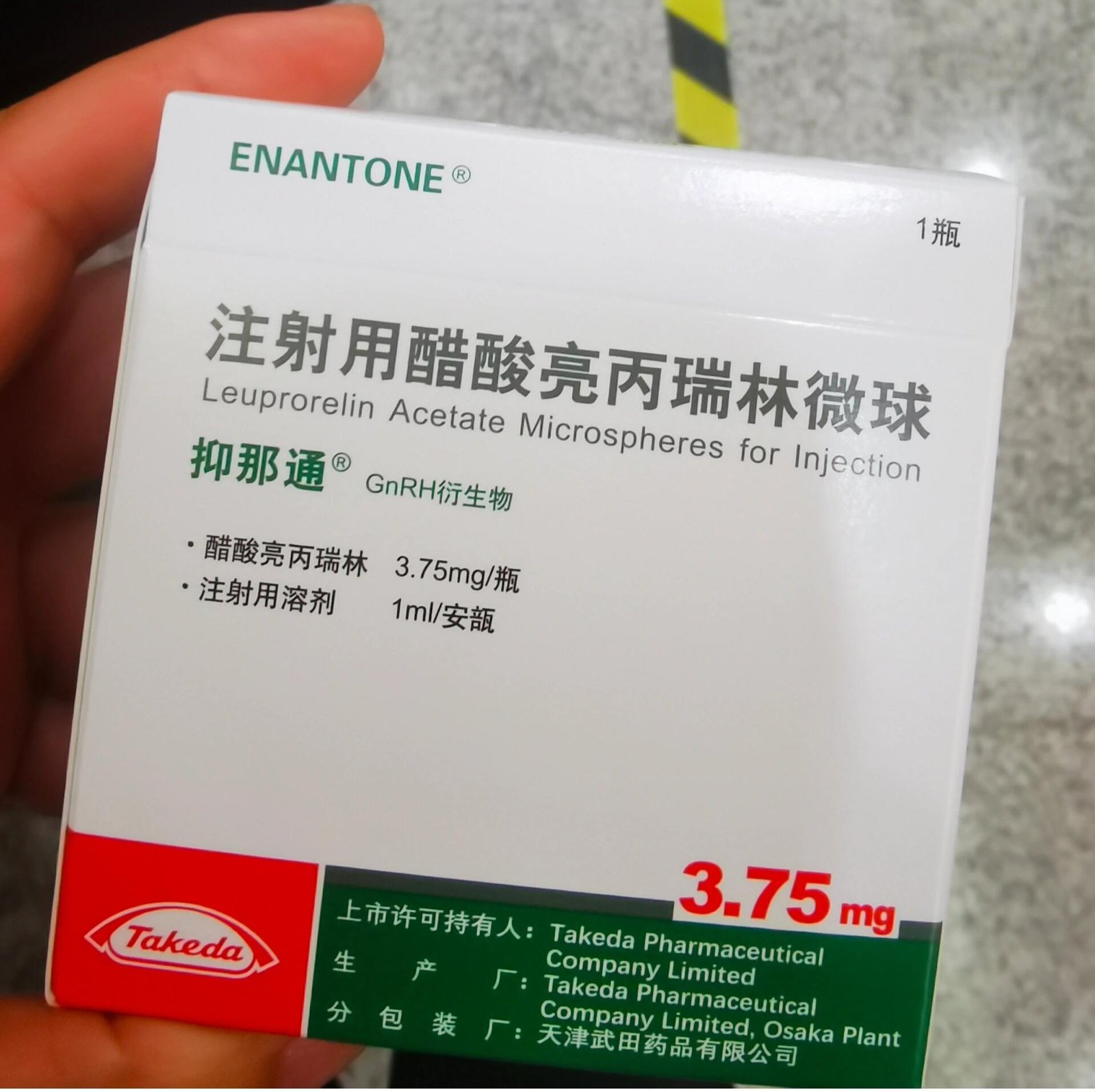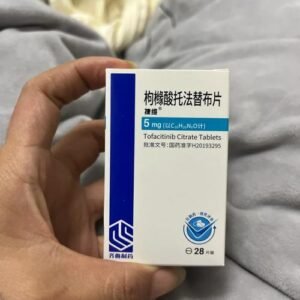LUPRON DEPOT LEUPROLIDE ACETATE FOR DEPOT SUSPENSION 醋酸亮丙瑞林
Leuprolide acetate is a synthetic gonadotropin-releasing hormone (GnRH) analog, which is mainly used to regulate sex hormone levels and treat diseases such as prostate cancer, endometriosis, and uterine fibroids. It works by inhibiting the secretion of gonadotropins by the pituitary gland and reducing estrogen or testosterone levels. It needs to be administered by subcutaneous or intramuscular injection. Common side effects include hot flashes and joint pain.
1. Definition and mechanism of action
Leuprolide acetate is a GnRH analog. It continuously activates the GnRH receptors in the pituitary gland, and after a short initial stimulation, it causes receptor desensitization, and ultimately inhibits the secretion of gonadotropins (FSH and LH), resulting in a significant decrease in the levels of sex hormones (such as estrogen and testosterone). This “downregulation” effect makes it suitable for the treatment of sex hormone-dependent diseases.
2. Indications and applications
Prostate cancer
It is often used in the palliative treatment of advanced or metastatic prostate cancer by reducing testosterone levels and inhibiting tumor growth.
Endometriosis
Reduces estrogen secretion, relieves pain and shrinks ectopic lesions, usually as an adjuvant treatment for surgery.
Uterine fibroids
Reduces the size of fibroids and improves symptoms such as menorrhagia, but long-term use needs to weigh the risk of bone loss.
Central precocious puberty
Inhibits premature development of gonads, delays epiphyseal closure, and improves the adult height potential of children.
3. Administration and dosage
Leuprorelin acetate needs to be administered by subcutaneous or intramuscular injection, and the common dosage form is sustained-release microspheres or implants. The dosage varies depending on the indication:
Prostate cancer: usually 3.75mg or 11.25mg is injected every 1-3 months.
Endometriosis: 3.75mg each time, once every 4 weeks, and the course of treatment does not exceed 6 months.
The specific plan needs to be adjusted according to the patient’s condition and the doctor’s evaluation.
4. Common side effects and risks
Short-term side effects
Hot flashes (occurring in more than 70% of patients), sweating, and headache.
Pain, redness and swelling at the injection site.
Long-term risks
Decrease in bone density: Long-term use may increase the risk of osteoporosis, and calcium and vitamin D supplementation is required.
Dyslipidemia: A small number of patients may experience elevated cholesterol or triglycerides.
Serious but rare reactions
Including allergic reactions, pituitary apoplexy (very rare cases), etc., which require immediate discontinuation of medication and medical attention.
5. Precautions and contraindications
Contraindications: Pregnant women, breastfeeding women, patients with undiagnosed vaginal bleeding, and those who are allergic to ingredients.
Monitoring indicators: Sex hormone levels, bone density, and liver and kidney function should be checked regularly during medication.
Recovery after discontinuation: Gonadal function usually recovers gradually within 3-6 months after discontinuation, but patients with prostate cancer require long-term maintenance treatment.
Interactions: Combination with glucocorticoids may aggravate bone loss and should be used with caution.
6. Differences from other GnRH drugs
Compared with similar drugs such as goserelin and triptorelin, leuprorelin acetate has differences in dosage form (such as microsphere sustained-release technology) and dosing interval, but the core mechanism of action is similar. Clinical selection needs to comprehensively consider efficacy, patient tolerance and economic factors.
View more
Share:
Products
Our offers
Health Classification
Let us work together to protect precious health




























